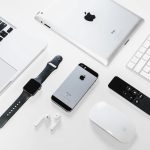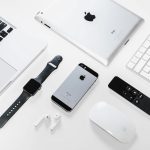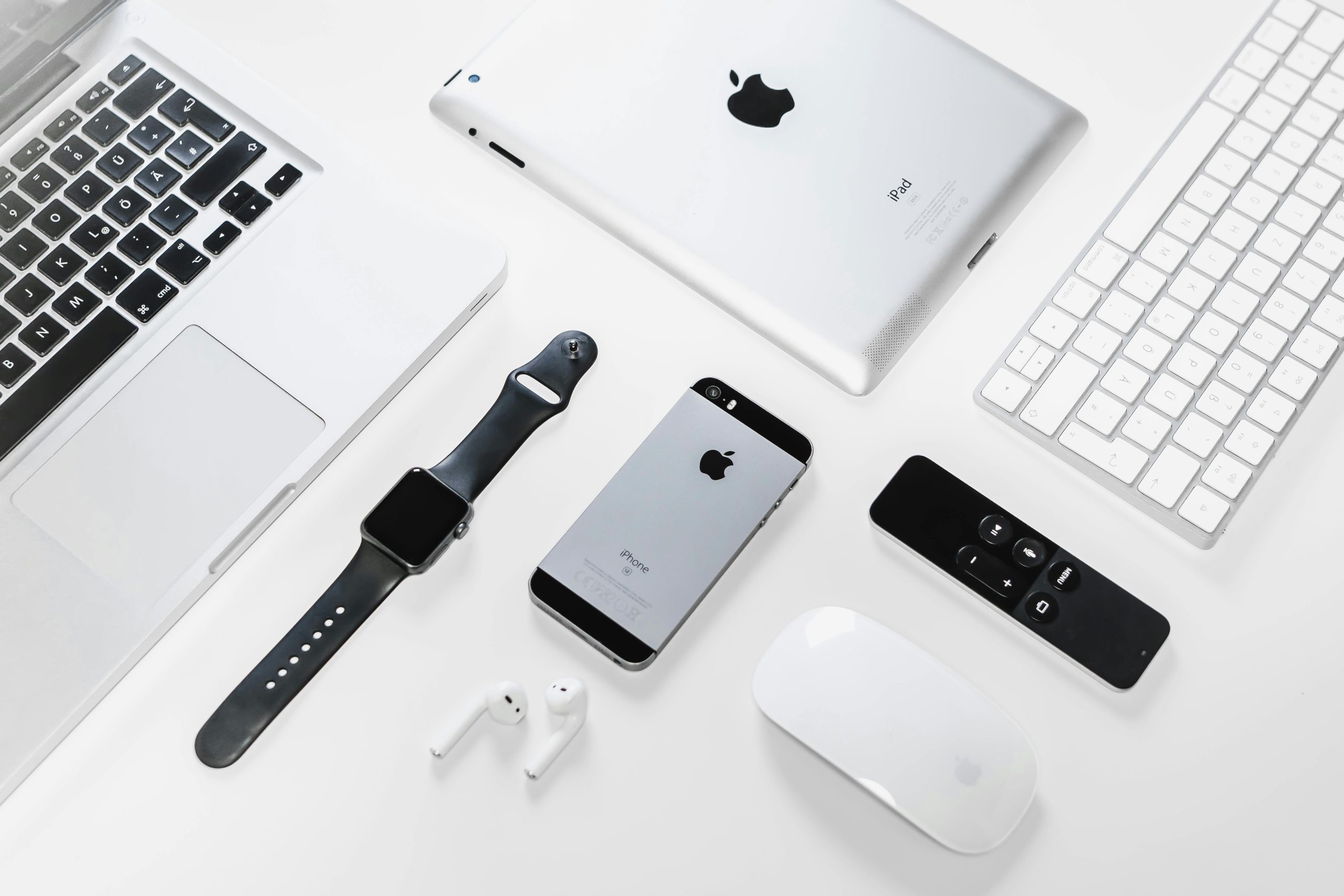How-To Guide: Mastering Screenshots on Your Chromebook

In today’s digital landscape, the ability to capture and share visual information is paramount. Whether you’re a student needing to document an assignment, a professional illustrating a point, or simply someone wanting to share a funny meme, screenshots are an indispensable tool. Chromebooks, known for their simplicity and efficiency, offer several intuitive ways to capture your screen. This comprehensive guide will walk you through every method, from basic keyboard shortcuts to utilizing the built-in screen capture tool, ensuring you can master screenshotting on your chromebook in no time.
Understanding Chromebook screenshot Capabilities
Chromebooks provide a versatile range of screenshot options, catering to various needs. You can capture your entire screen, a specific window, or even a custom-selected portion of your display. Since Chrome OS version 89, a built-in Screen Capture tool has been integrated, offering a more visual and user-friendly approach to taking screenshots and even screen recordings. This tool enhances the user experience by providing a clear interface for selecting capture types and settings.
Methods for Taking Screenshots on a Chromebook
There are multiple ways to take a screenshot on a Chromebook, each offering a slightly different approach. We’ll cover the most common and effective methods:
1. Using Keyboard Shortcuts
Keyboard shortcuts are often the quickest way to capture your screen. Chromebooks utilize specific key combinations to initiate different types of screenshots:
Full Screen Capture
To capture your entire Chromebook screen, press the following keys simultaneously:
- Ctrl + Show Windows
The “Show Windows” key is typically located on the top row of your keyboard and is represented by an icon that looks like a rectangle with two vertical lines on the right side. On some external keyboards, this may be the F5 key. Upon pressing this combination, your entire screen will be captured and automatically saved.
partial Screen Capture
If you only need to capture a specific area of your screen, use this key combination:
- Shift + Ctrl + Show Windows
After pressing these keys, your cursor will transform into a crosshair. You can then click and drag to select the precise area you wish to capture. Once you release the mouse button, the selected portion of your screen will be saved.
Window Capture
To capture a specific application window without including the rest of your screen, use the following shortcut:
- Ctrl + Alt + Show Windows
Your cursor will change into a camera icon. Simply click on the window you want to capture, and the screenshot will be taken.
2. Utilizing the Built-in Screen Capture Tool
Chromebooks come equipped with a user-friendly Screen Capture tool that offers more flexibility and visual control. This tool can be accessed through the Quick Settings menu:
- Click on the time in the bottom-right corner of your screen to open the Quick Settings panel.
- Locate and click on the Screen Capture icon, which typically resembles a camera.
Once the Screen Capture toolbar appears at the bottom of your screen, you’ll have several options:
- Full screen: Captures everything visible on your display.
- Partial screen: Allows you to click and drag to select a specific area.
- Window: Enables you to click on a specific window to capture it.
This tool also allows you to switch to screen recording mode by clicking the video camera icon on the toolbar, offering a dual functionality for both capturing stills and recording video.
3. Screenshots on Chromebook Tablets
For Chromebook tablet users or those without a physical keyboard, taking a screenshot is equally straightforward:
- Simultaneously press and hold the Power button and the Volume Down button.
This combination will capture an image of your entire screen.
4. Using an External Keyboard
If you’re using an external keyboard that doesn’t have a dedicated “Show Windows” key, you can adapt the shortcuts:
- For a full-screen capture: Press Ctrl + F5.
- For a partial screen capture: Press Ctrl + Shift + F5.
- For a window capture: Press Ctrl + Alt + F5.
Finding and Managing Your Screenshots
Once you’ve taken a screenshot, it’s important to know where to find it and how to manage your captures effectively.
Default Save Location
By default, all screenshots taken on a Chromebook are automatically saved to your Downloads folder. You can access this folder through the “Files” app, which can be found by clicking the Launcher (the circle icon in the bottom-left corner) and searching for “Files.”
Clipboard and Tote
Screenshots are also often copied to your clipboard immediately after capture. This allows for quick pasting into documents, emails, or other applications. You can access your clipboard history by pressing Search + V. Additionally, recent screenshots and files are stored in a feature called “Tote,” which can be accessed from the Shelf (the taskbar area of your Chromebook).
Changing the Save Location
If you prefer to save your screenshots to a different location, such as a dedicated folder on your Google Drive or an SD card, you can change the default save location:
- Open the Screen Capture tool (by pressing Shift + Ctrl + Show Windows or accessing it via Quick Settings).
- Within the toolbar, look for a Settings option (often represented by a gear icon).
- In the settings, you should find an option to select a folder for saving screenshots. You can then navigate to your desired location and choose it.
This setting will apply to all future screenshots taken.
Advanced Screenshot Features and Tips
Chromebooks offer additional features to enhance your screenshot experience:
Editing and Annotating
The built-in image viewer on Chromebooks allows for basic editing of screenshots. After opening a screenshot, you can crop, rotate, adjust brightness and contrast, and even use annotation tools to draw or add text directly onto the image. This is incredibly useful for highlighting specific information or adding context to your captures.
Copying to Clipboard
As mentioned, screenshots are often copied to the clipboard. To utilize this feature, after taking a screenshot, look for a notification that usually appears briefly at the bottom of the screen. This notification often includes an option to “Copy to clipboard.” This allows you to paste the image directly into another application without needing to navigate to your Downloads folder.
Sharing Your Screenshots
Once your screenshots are saved, sharing them is straightforward. You can:
- Upload them directly to cloud storage services like Google Drive.
- Insert them into documents, presentations, or emails.
- Share them via messaging apps or social media platforms.
Troubleshooting Common Screenshot Issues
While Chromebook screenshotting is generally reliable, here are a few common issues and their solutions:
Key Combinations Not Working
If keyboard shortcuts aren’t functioning as expected, ensure you are pressing the correct keys simultaneously. Also, check if your Chromebook has a dedicated screenshot key on the top row, which might bypass the need for key combinations. If using an external keyboard, verify that it’s properly connected and recognized by your Chromebook.
Unable to Find Screenshots
If you can’t locate your screenshots, double-check the Downloads folder. If you’ve changed the save location, navigate to that specific folder. Remember that screenshots are also temporarily stored on the clipboard and in Tote, so check those locations as well.
Conclusion
Mastering screenshots on your Chromebook is a simple yet powerful skill. With a variety of keyboard shortcuts, the intuitive Screen Capture tool, and convenient file management options, you’re well-equipped to capture and share any visual information you need. By understanding these methods, you can streamline your workflow and make the most of your Chromebook’s capabilities.










